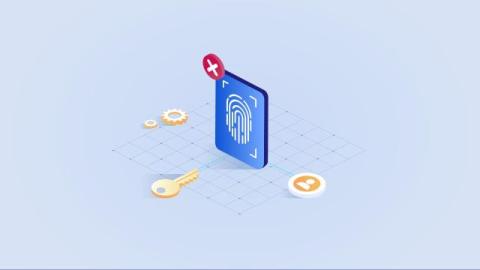Finding Top-Rated IAM Solutions for Your Enterprise
For modern organizations, identity and access management (IAM) solutions serve as the frontline defense for data security. They enable accurate and efficient management of identities and their access rights to content, applications and other IT resources. Activity auditing and analytics help IT teams promptly spot threats and respond effectively to preserve security and business continuity. Moreover, adopting IAM is a key step in embracing a Zero Trust security model.








